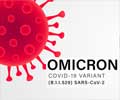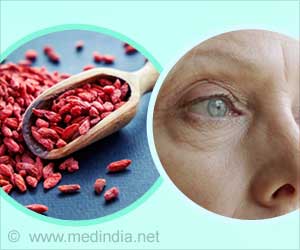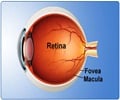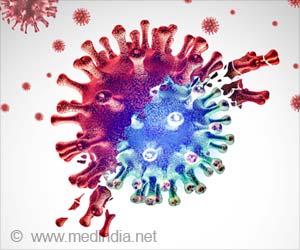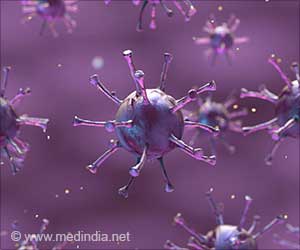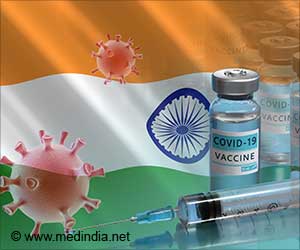COVID-19 infection would lead to more blockage of blood vessels in the retina, which may even cause permanent vision loss.
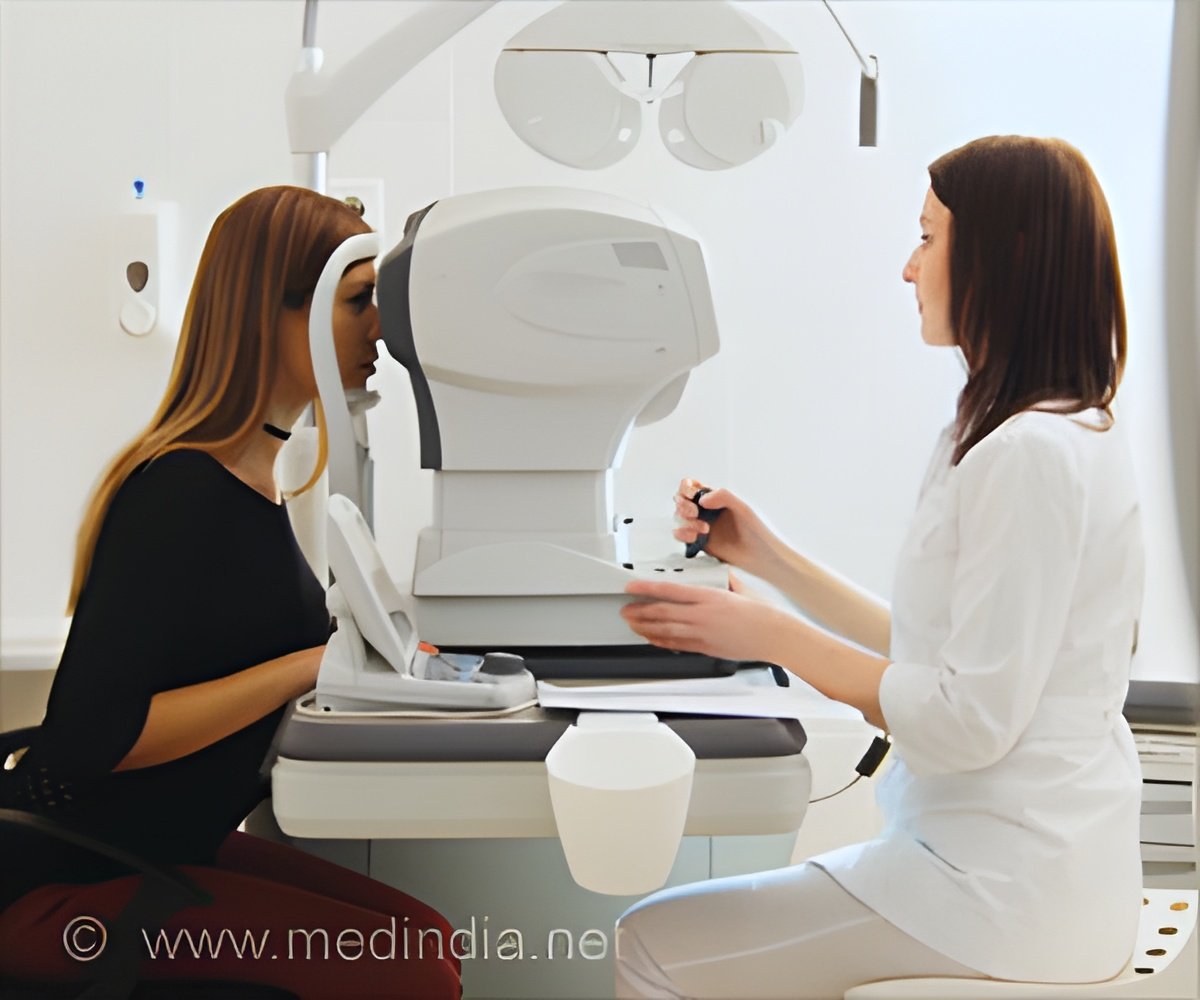
‘Although retinal vein occlusion remains an uncommon event after COVID-19 infection, these events can result in irreversible vision loss.’





Researchers have linked a long list of neuro-ophthalmic/retina conditions to COVID-19, including photophobia, retinal hemorrhage, and optic neuritis.For the new study, researchers retrospectively tracked 432,515 patients in Kaiser Permanente Southern California’s health system who tested positive for COVID-19 from January 2020 to May 2021 to examine changes in the incidence of retinal artery and vein occlusions following an infection.
Overall, the study found 12 cases of retinal artery occlusion and 43 cases of retinal vein occlusion in 6 months before the COVID-19 infection. In 6 months after infection, these numbers were 16 and 65, respectively.
Patients in the study were aged 41 years on average, 53.6% were women, 60.7% were Hispanic, and 20.3% were white.
For comorbidities, 15.3% had a history of diabetes, 24.3% had hypertension, 20.6% were overweight, and 31.9% had obesity. Most of the patients (93.7%) did not require hospitalization for their COVID-19 infection.
Advertisement
The number of cases reported was still very small, with crude rates of 8.3 cases per million patients in the 6 months before infection and 12.2 per million in the 6 months after, and the link to COVID-19 isn’t definitive, the group cautioned in JAMA Ophthalmology.
Retinal artery and vein occlusions occur when blockages disrupt blood flow either in or out of the eye. Patients can also suffer vision loss, which is often permanent, although there are treatments for secondary associated events like macular edema.
The associations observed could also be from secondary events not directly related to the virus, such as worsening blood pressure or lack of physical activity after infection.
This is something to consider because the peak incidence of retinal vein occlusion after COVID-19 was 6 to 8 weeks after the infection. There may be a delay in diagnosis, the pro-thrombotic state might last several weeks, or patients may have the condition due to secondary events.
The study further strengthens the association between COVID-19 and retinal vascular occlusion. However, the strength and consistency of this association would be enhanced by further evaluation including studies that access other large databases now available to provide a robust basis for causality and help determine recommended strategies for prevention and surveillance.
Source-Medindia

